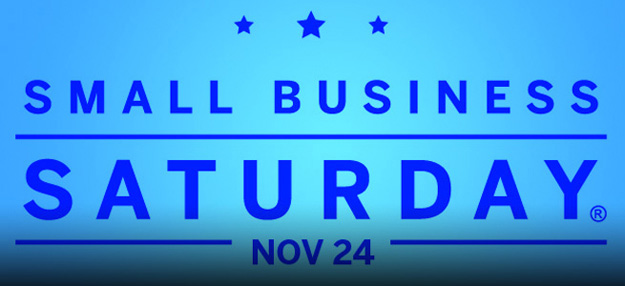 Between Black Friday, Cyber Monday, and the unending onslaught of online deals, there is another holiday shopping day that might get lost in the shuffle: Small Business Saturday. This year marks the second annual such event, a new tradition that tries to steal some addition from chain retailers and big e-commerce sites and give it to local vendors.
Between Black Friday, Cyber Monday, and the unending onslaught of online deals, there is another holiday shopping day that might get lost in the shuffle: Small Business Saturday. This year marks the second annual such event, a new tradition that tries to steal some addition from chain retailers and big e-commerce sites and give it to local vendors.
And this year, the fledging ritual is getting some serious attention from social media sites. Facebook, Twitter, and Google have all pledge their efforts in support, offering and encouraging small business owners to use their sites’ tools to promote shopping this weekend.
Local retailers aren’t the only ones who stand to benefit this weekend. What happens to consumers who want the discounts but sans the chain names (that are sometimes attached to controversy) they go hand in hand with? Small business Saturday can fill that void along with the help of some geo-social applications.
Foursquare

 Etsy
Etsy
The purveyor of all things handcrafted is a natural fit for small business Saturday—and will appeal to those who want to buy “local” without leaving their living rooms. Just searching “Small Business Saturday” on the site brought up a slew of items that will be on sale this weekend, and this blog catalogued some of the best e-shops on the site that offered discounts last year.
 Daily deal sites
Daily deal sites
While the likes of LivingSocial and Groupon tend to offer food and spa deals, the occasional local retailer pops up. Between now and Small Business Saturday, a minimal amount of homework and creating an account with one (or all) of these sites could save you some Monday. We’d advise getting with something like The Dealmix, which collects a large variety of all these local deals. Keep an eye out on any of these applications for vendor or shop deals in your area. Then make a call or check Facebook to see if they are participating in Small Business Saturday. Then add those savings to whatever discount the daily deal site was offering. Of course, you should check that you can use coupons during the Saturday sale.
 Facebook
Facebook
Facebook is offering a slew of tools for small businesses to take advantage of, but the site is also catering to consumers. Check out the Small Business Saturday Facebook page and you’ll have access to a variety of information, including city guides for optimizing your local shopping in New York, Chicago, and San Francisco, as well as organized events in cities nationwide. Some of them include raffles, free gift wrapping, Santa visits for the kids, and community breakfasts.
 Twitter
Twitter
Be sure to follow your favorite local business on Twitter, if you haven’t already. We’re sure a great many of these sites will have implemented a Follow button (one of the tools in the Small Business Saturday kid), and will be using the hashtags #ShopSmall, #ShopSmallNov26, #SmallBizSaturday and #SmallBusinessSaturday to spread word of their discounts this weekend.



